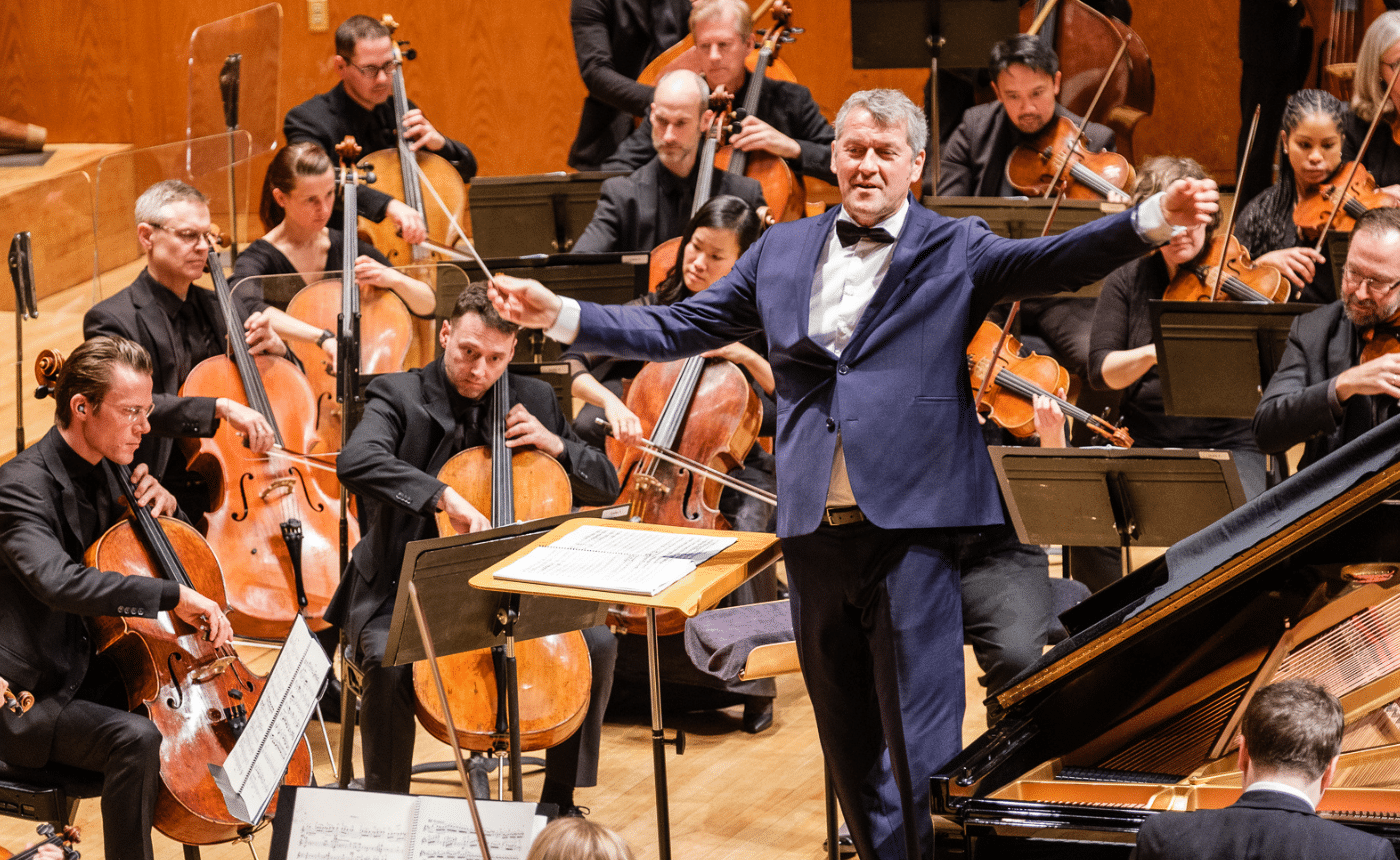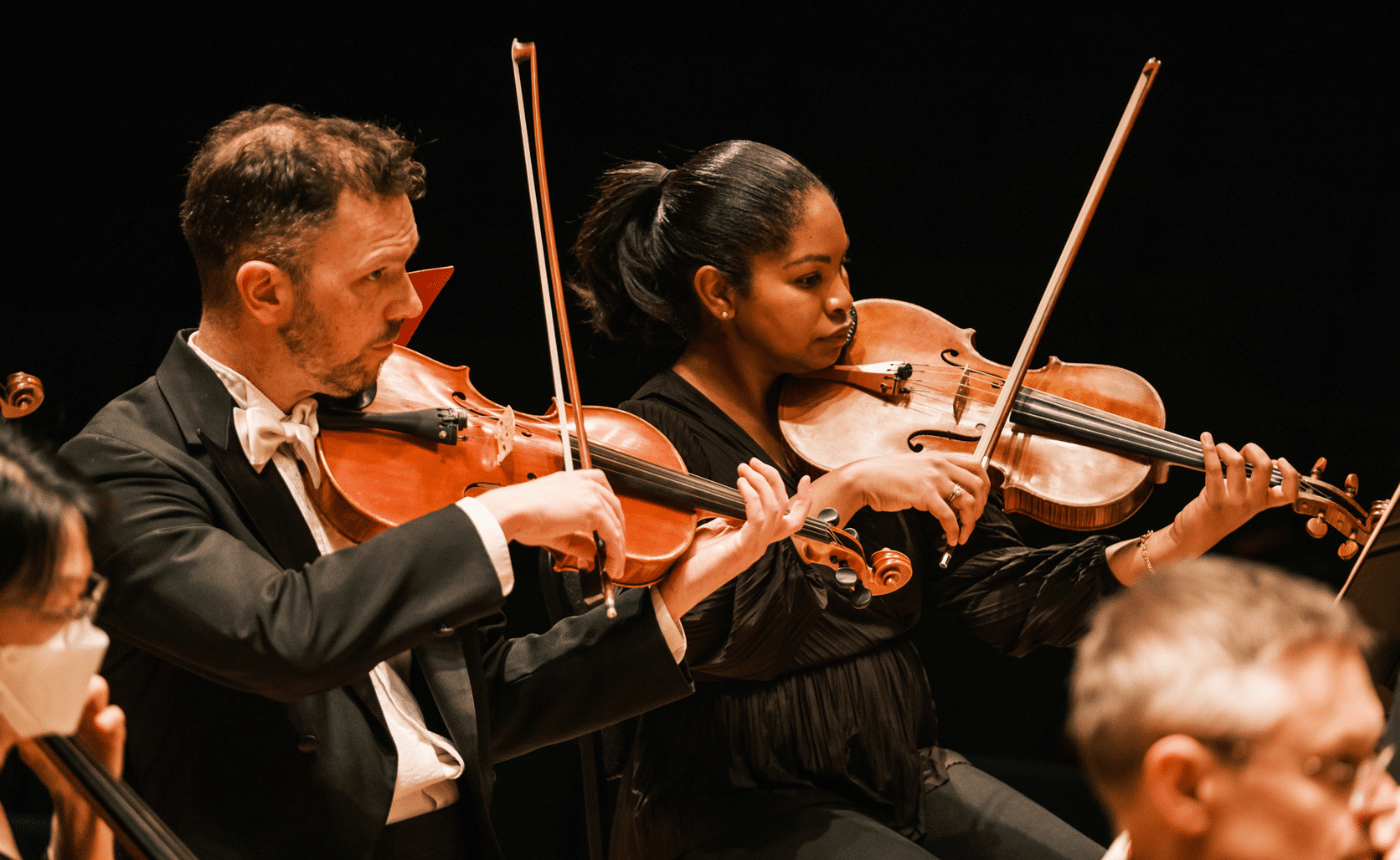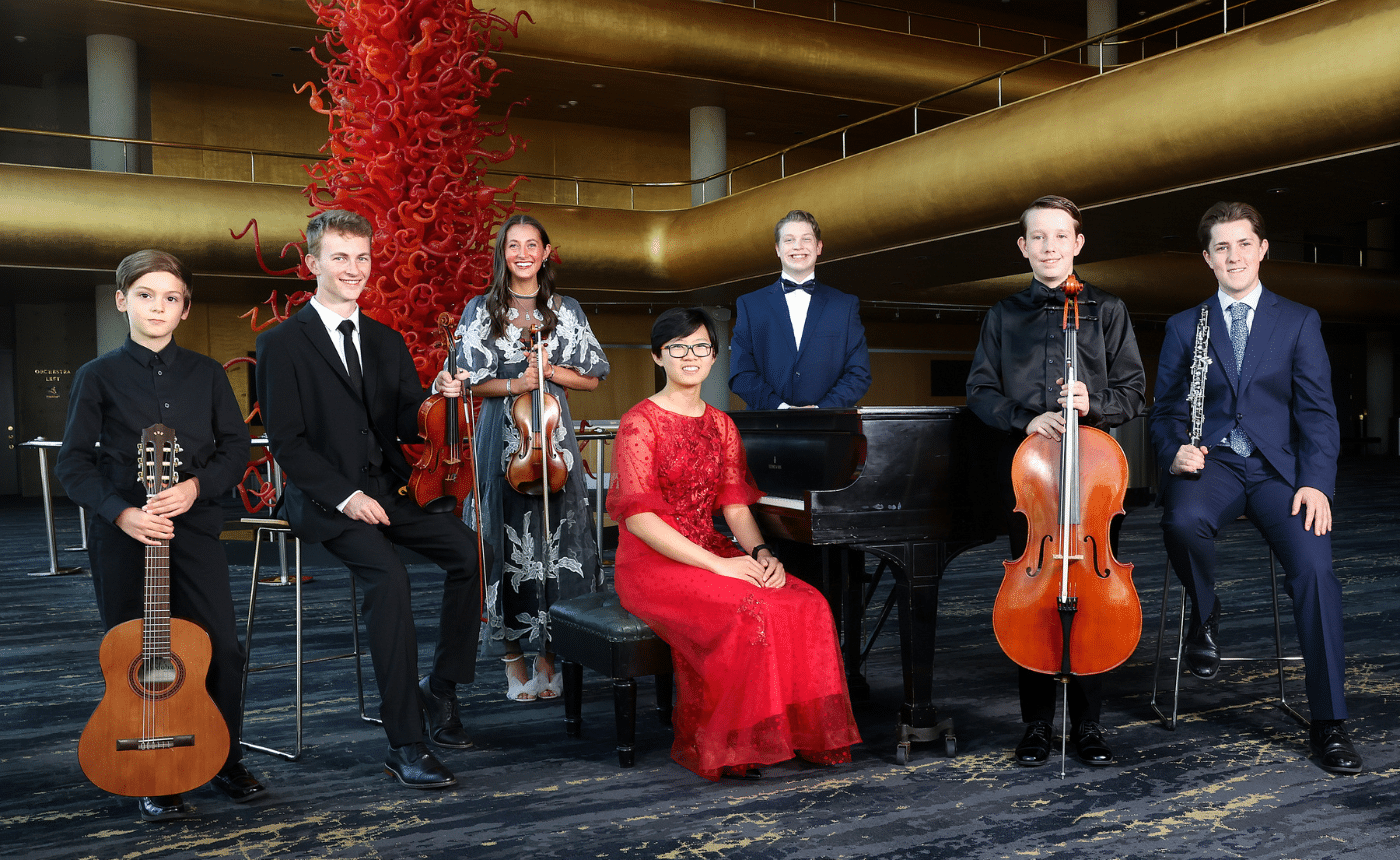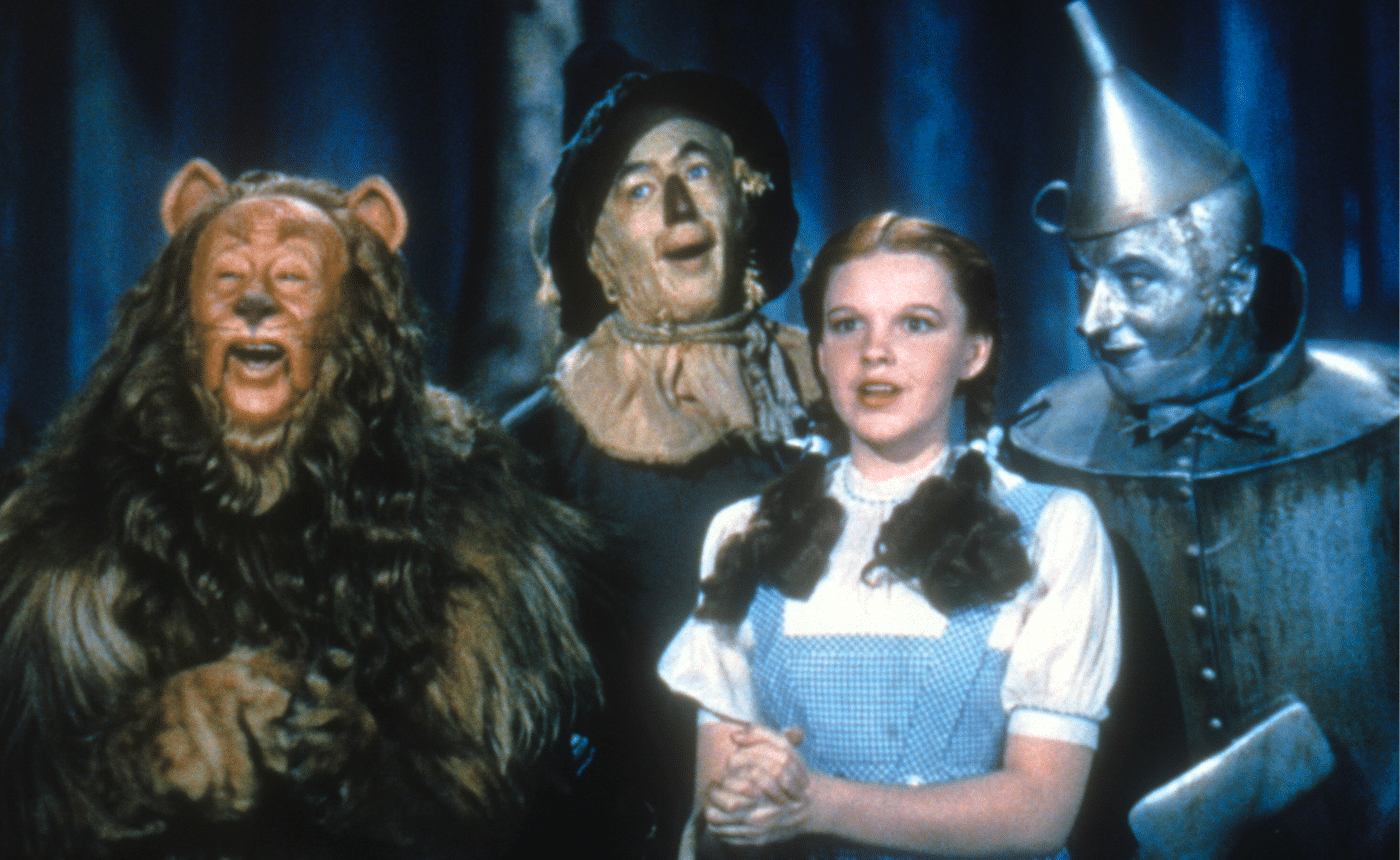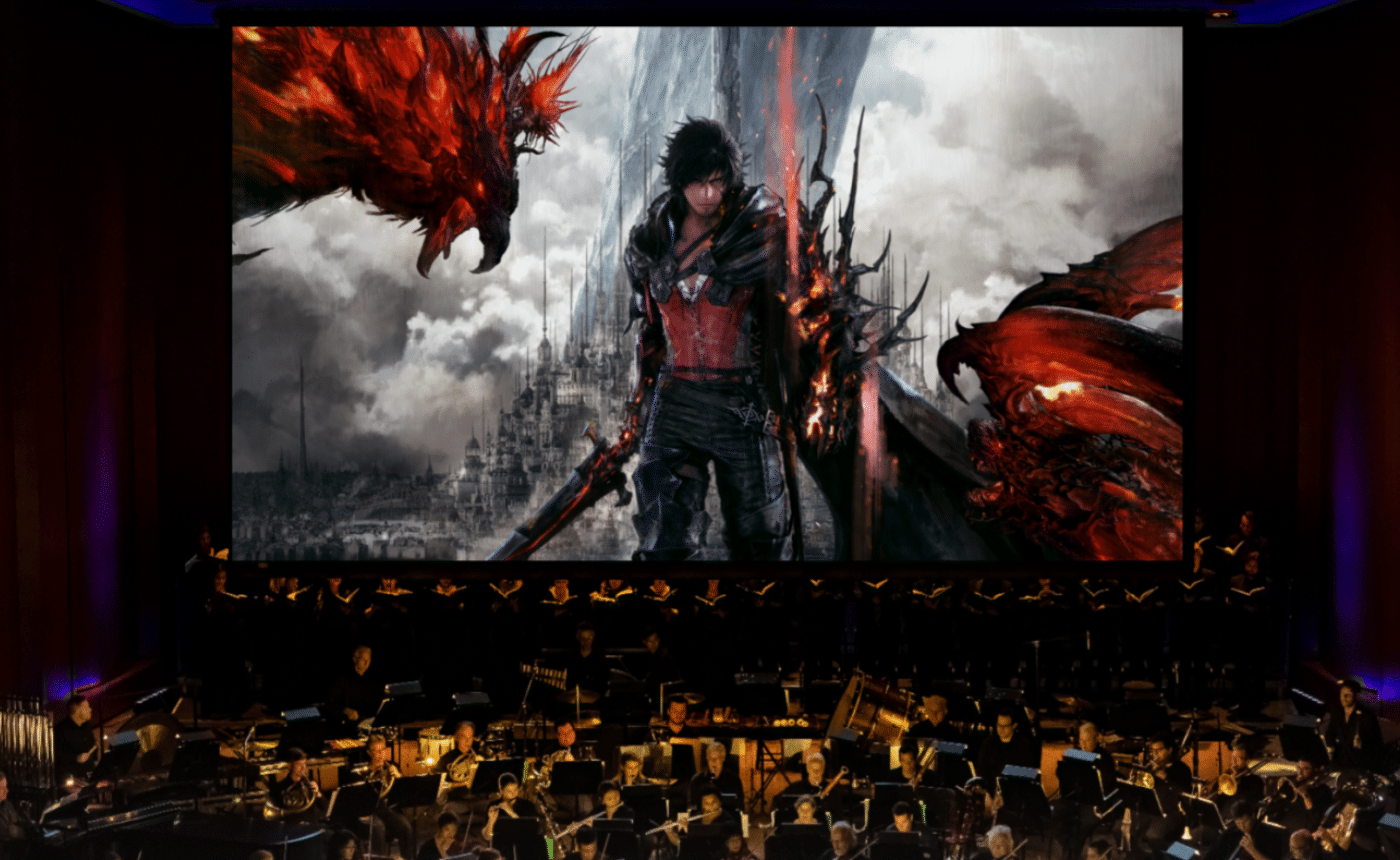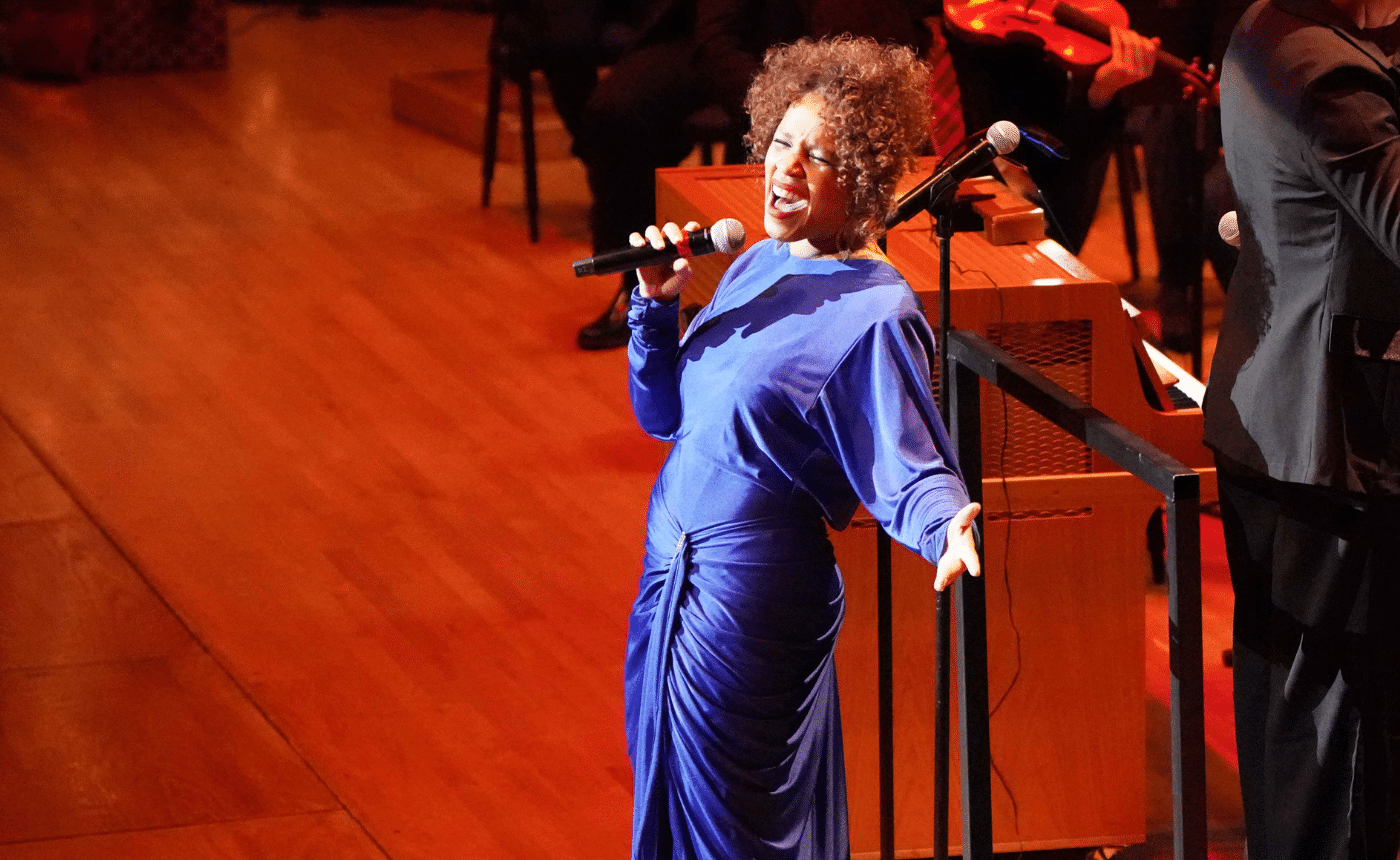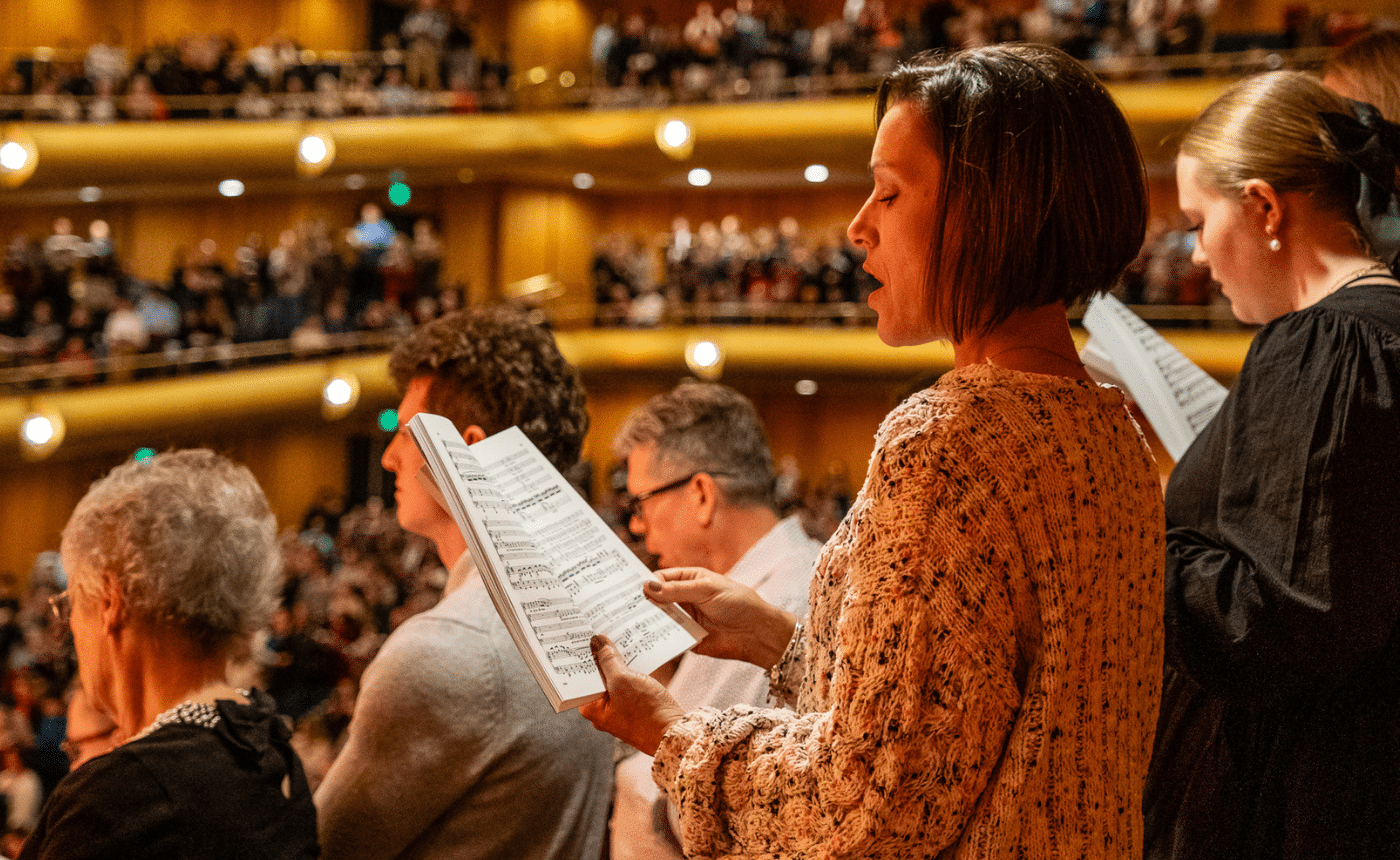Liszt – Totentanz
Written by Jeff Counts
Instrumentation: 3 flutes, piccolo, 2 oboes, 2 clarinets, 2 bassoons, 2 horns, 2 trumpets, 3 trombones, tuba, timpani, cymbals, triangle, tam-tam, strings
Duration: 16 minutes in one movement.
THE COMPOSER – FRANZ LISZT (1811-1886) – In the early 1860s, the crushing disappointments of Liszt’s personal life forced him to seriously consider the solace and rigor of monastic life. Though he never became a priest, he did officially enter the clergy’s lower orders on April 25, 1865 and was known as “Abbot” Liszt for the rest of his days. Intriguingly, his death-obsessed showpiece for piano and orchestra Totentanz had premiered just ten days earlier at The Hague.
THE MUSIC – The close timing of the premiere and the tonsure, though historically fascinating, was incidental. Liszt had begun work on Totentanz as far back as 1838 and did not consider it “completed” until 1849, a date that lost some of its significance after at least two revisions by the composer in the late 1850s. This long gestation period was not abnormal for Liszt and his two piano concerti endured a similarly drawn out process. There are contrasting versions of the story concerning Liszt’s inspiration for Totentanz. Some, including at least one biographer, claim that Liszt was motivated by a 14th century fresco he saw while visiting the city of Pisa, a work known as The Triumph of Death. It has also been posited that the he met his muse in a series of illustrations by Hans Holbein with the more pertinent title of The Dance of Death (or Totentanz). Whatever the case, Mediaeval Europe was obsessed with everything related to death and Romantic Era Europe was obsessed with everything related to Mediaeval Europe so macabre source material like Holbein’s work and the Pisa fresco would have been abundant and of timely interest during Liszt’s day. The thematic basis for the music of Totentanz is the plainchant “Dies irae,” upon which several intense variations are set. Liszt claimed a place among good company with the choice. Berlioz had already used the theme in his Symphonie Fantastique and Rachmaninoff would employ it often years later.
THE WORLD – 1865 was an eventful year. The Civil War ended in America but President Lincoln was assassinated just days later. The Matterhorn was summated for the first time. And the Salvation Army was founded in England.
THE CONNECTION – Totentanz has not appeared on the Utah Symphony Masterworks Series since 2002 when Sergio Tiempo was featured as soloist and Keri-Lynn Wilson conducted.




